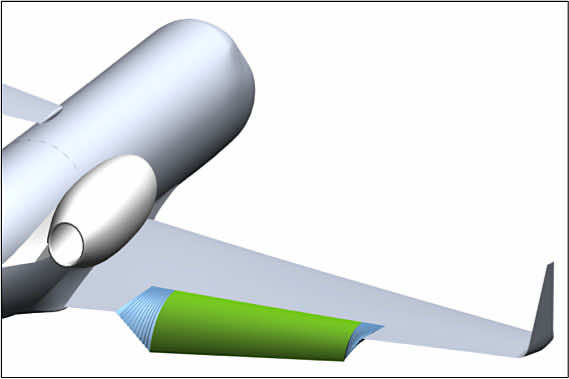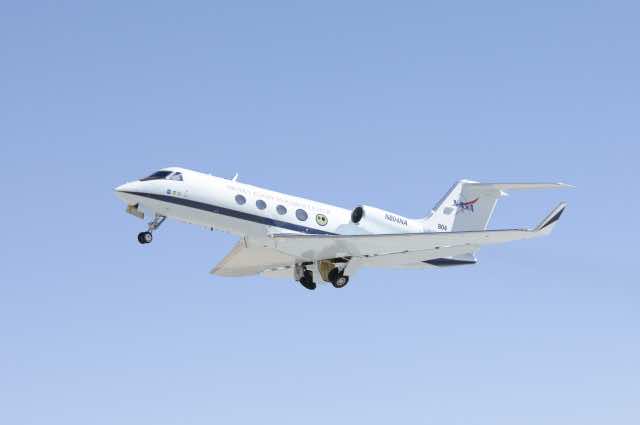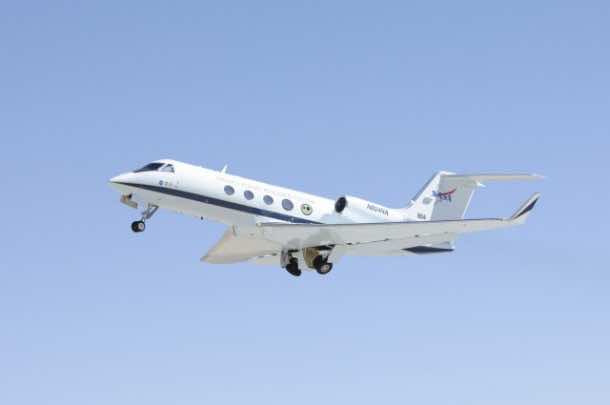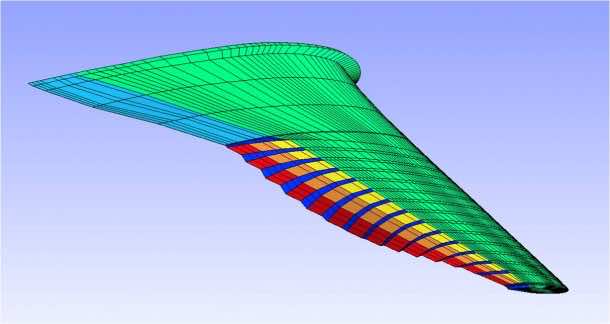NASA’s aeronautics division is garnering more interest than the space branch in recent times. Much of it is due to the new technologies it seems to come up wit every other week or so. This time it has done it again as a much desired flexible wings seem to be on the cards. Flexible wings have numerous advantages over rigid ones as they can increase or decrease the drag at the pilot’s discretion.

NASA is in a testing mode for this new tech, and so far it has conducted 22 trial runs with no serious technical issues rising. The new wings are being named Adaptive Compliant Trailing Edge (ACTE), and it is showing growing promise. The wing has undergone both wind tunnel testing and actual flight. It was shaped into a Gulfstream’s wings and installed on one test aircraft. During the flight, the wing was able to rotate -2 degrees in one direction and 30 degrees in the opposite direction.
How does it manage to stay as a one piece? Well, the servos and actuators present in the wings pull the strings that then contort the wing surface. This results in a change in the wing shape and the drag force acting on them also changes as a consequence.
This technology can develop aviation for years to come. It can reduce the fuel consumption as much as 12%. This will be beneficial for both the environment and fuel economy. The reduced drag may also present much lesser noise levels. The people living near the noisy airports should rejoice, and so should the environmentalists.
The new system, if ultimately successful on tests, can easily be incorporated into the new jets. The older ones could be retrofitted as well, making the integration of this technology such a success. Let’s hope these wings do see the light of commercial production. The world needs them!




